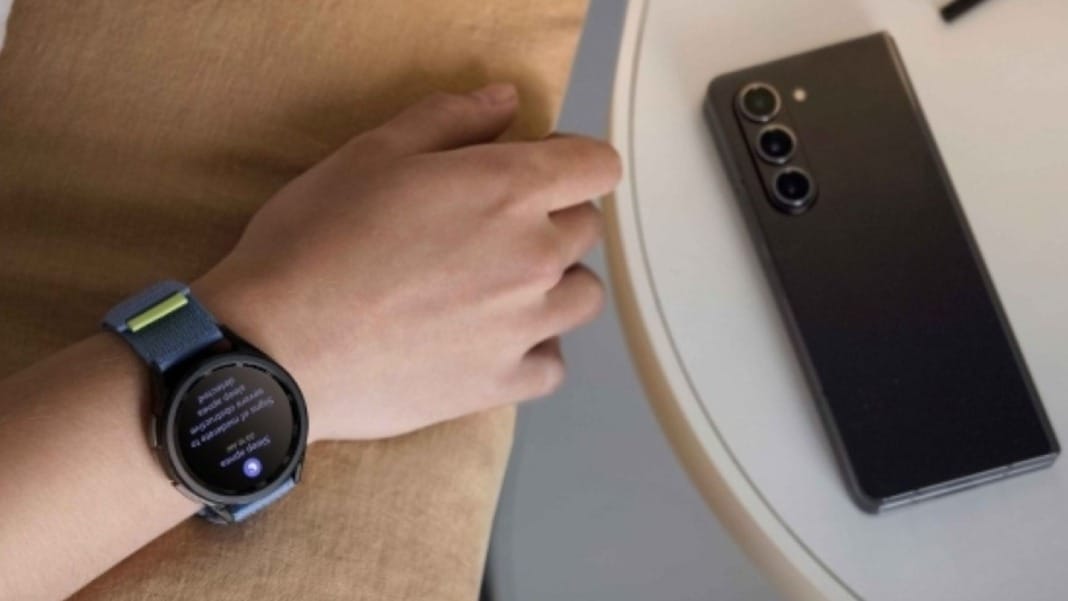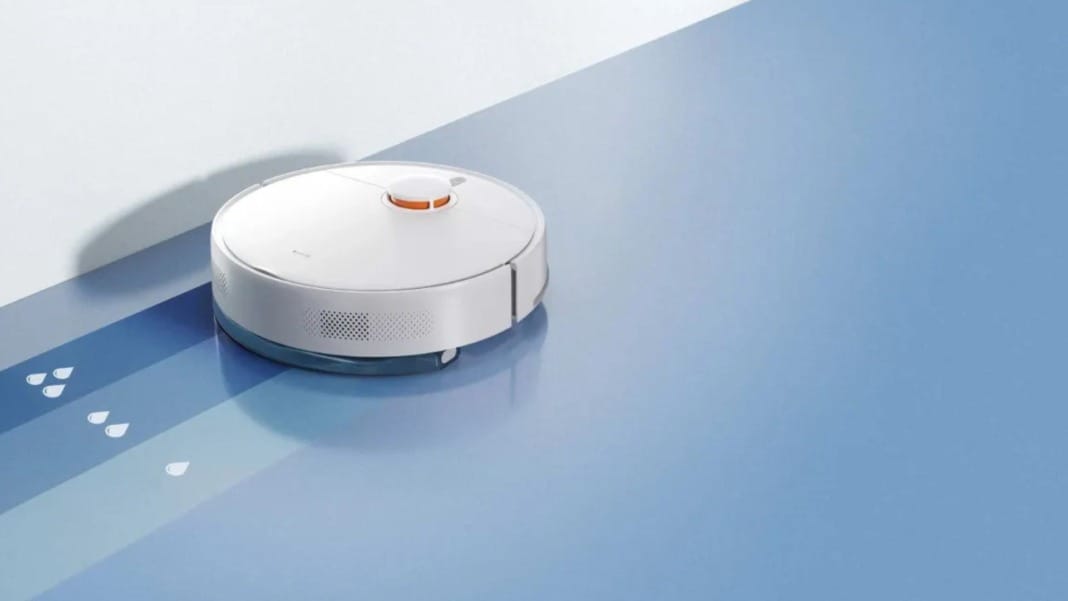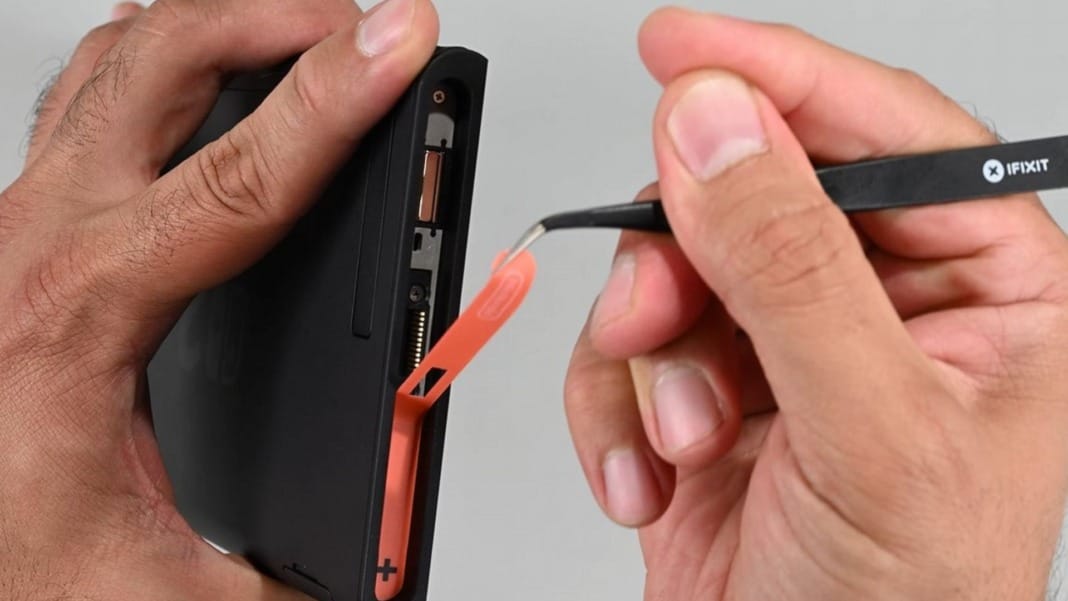Samsung has announced the expansion of its sleep apnea detection feature to more regions around the world. You can now access this health tool on your Galaxy Watch in 36 new countries, including Singapore and Australia. This brings the total number of countries supported by the feature to 70.
The feature is available on Galaxy Watch4 and later models if your watch runs on Wear OS 5.0 or newer. You’ll also need to pair it with a Galaxy Android 12.0 or higher smartphone. This rollout follows several health authorities’ recent approval of the feature, allowing more people to track their sleep health with just their smartwatch.
How the sleep apnea feature works
The sleep apnea detection feature uses Samsung’s BioActive Sensor to monitor your blood oxygen levels while you sleep. It keeps track of changes in your oxygen saturation (SpO₂), helping to spot signs of breathing problems such as apnoea and hypopnoea. By analysing this data, the watch estimates your Apnea-Hypopnea Index (AHI), a key measure to identify potential sleep apnea symptoms.
To get a reliable reading, you must wear the watch while you sleep for at least two nights. The feature is designed for adults aged 22 and older and aims to detect moderate to severe cases of obstructive sleep apnea, a condition in which breathing is interrupted many times during the night.
Samsung says this new tool could be helpful for users who may not know they have sleep apnea. If left untreated, sleep apnea can lead to serious health issues. The company has positioned the feature as part of its broader effort to support users’ well-being through wearable technology.
Apple offers a similar tool
Samsung isn’t alone in adding sleep apnea detection to its smartwatches. Apple introduced a similar feature in September 2024 with the launch of the Apple Watch Series 10, Apple Watch Ultra 2, and Apple Watch Series 9.
Apple’s approach is a little different. It uses the watch’s built-in accelerometer to detect breathing changes during sleep. If the watch notices ongoing breathing disturbances, it categorises them as “elevated” or “not elevated.” When these disturbances stay elevated over 30 days, the watch sends a notification that you may show signs of sleep apnea.
Apple’s version is meant for users aged 18 and up. While the feature doesn’t diagnose the condition, it does encourage users to speak with a healthcare professional if they receive an alert.
Growing focus on health features in smartwatches
As more people become interested in their health, tech companies are adding features to help users stay informed. Sleep apnea is a common but often undiagnosed condition that affects millions of adults worldwide. By bringing detection tools to smartwatches, Samsung and Apple hope to make it easier for people to spot the warning signs early.
These features are not meant to replace medical advice or a proper diagnosis, but they can act as a helpful first step in identifying possible health issues. With sleep apnea now detectable on more Galaxy Watches in more places, you can stay more in tune with your sleep health — right from your wrist.





